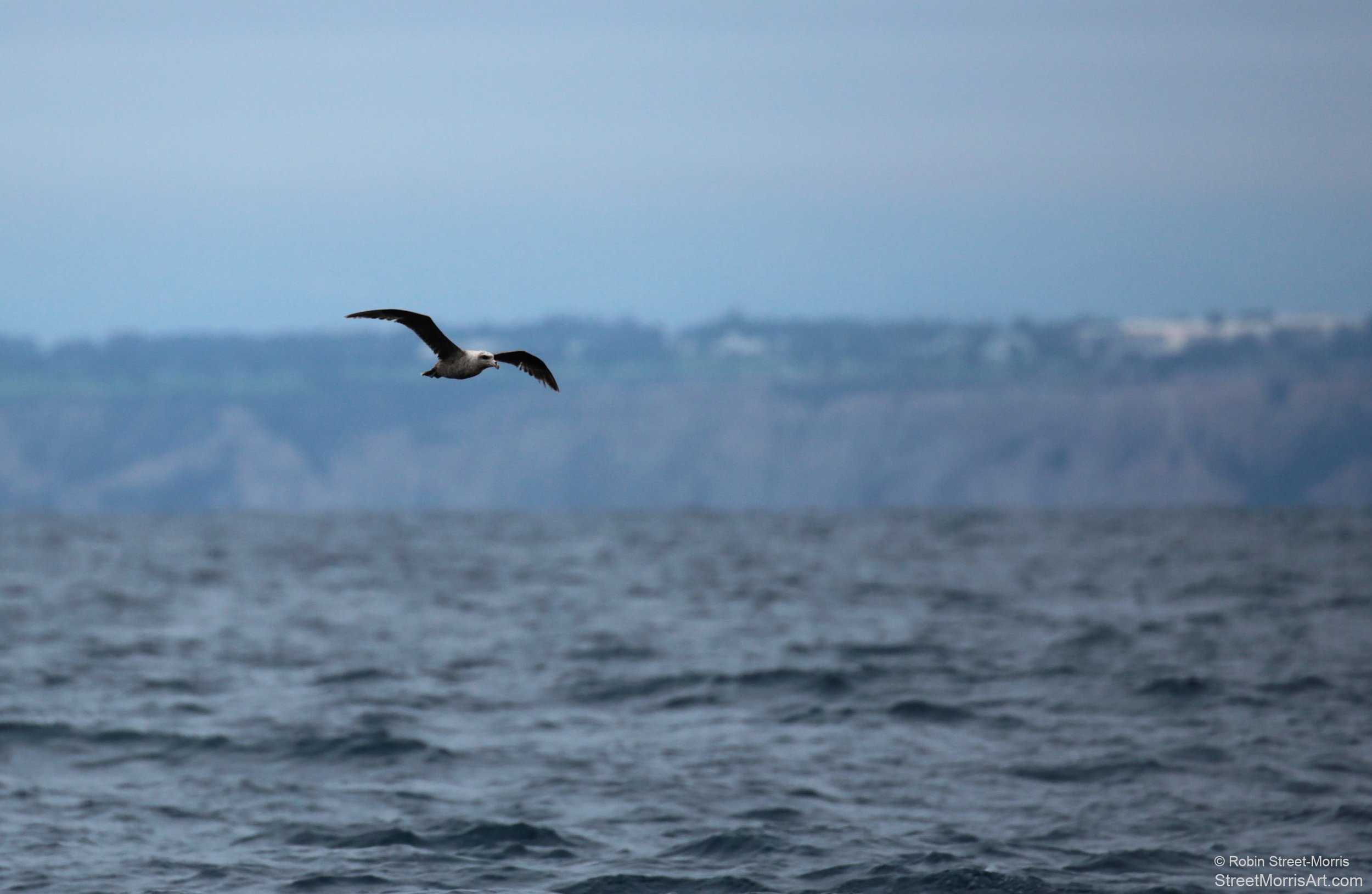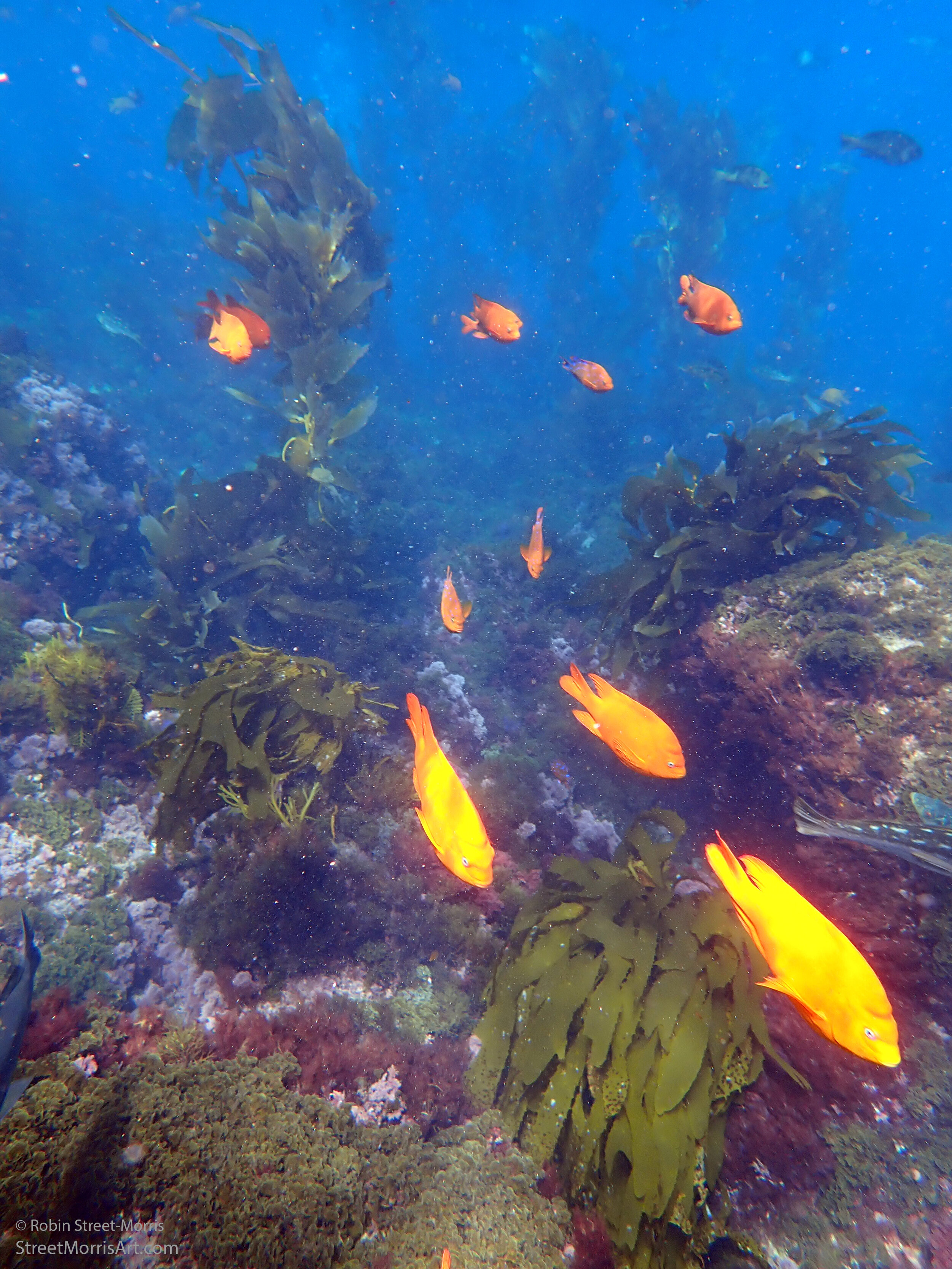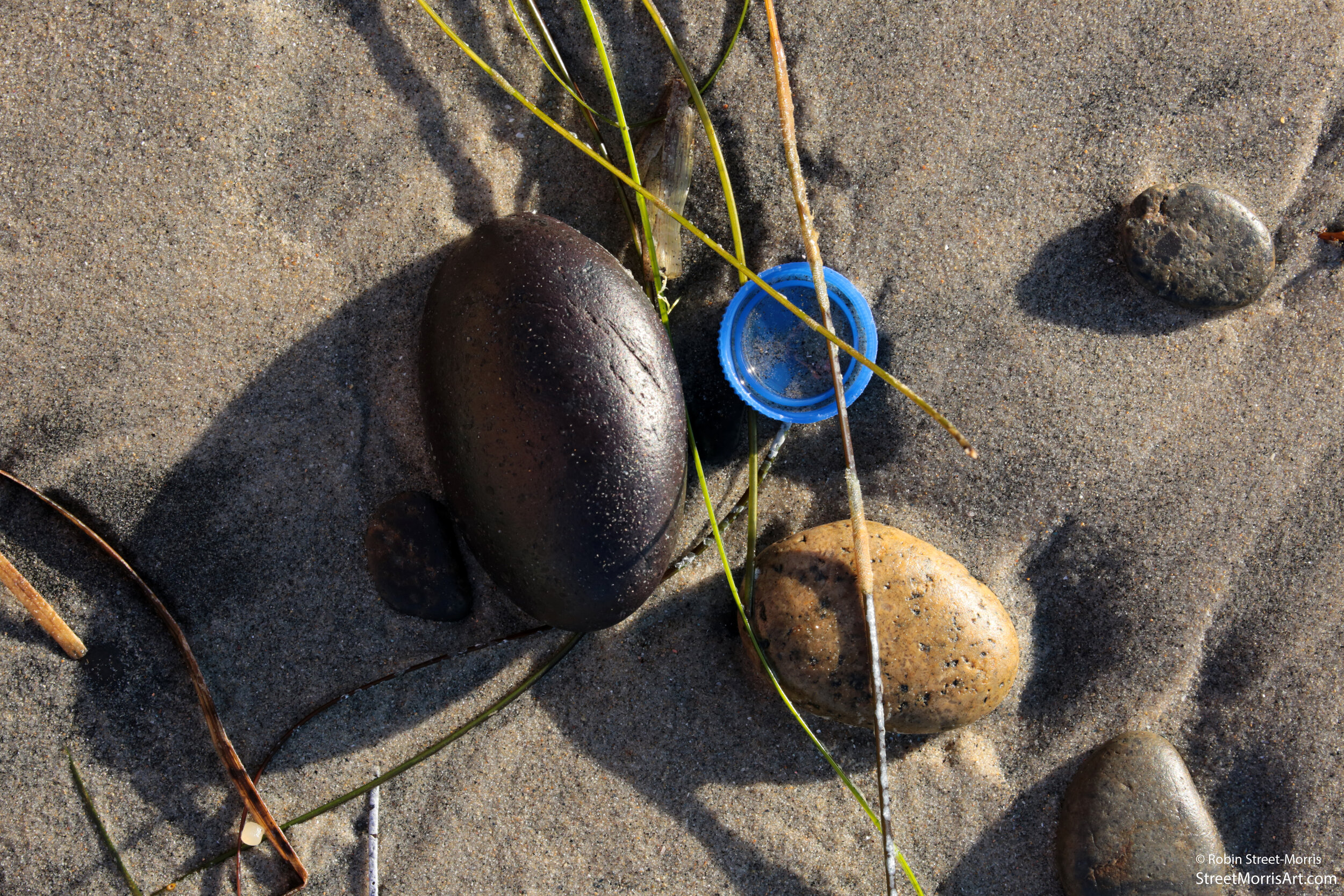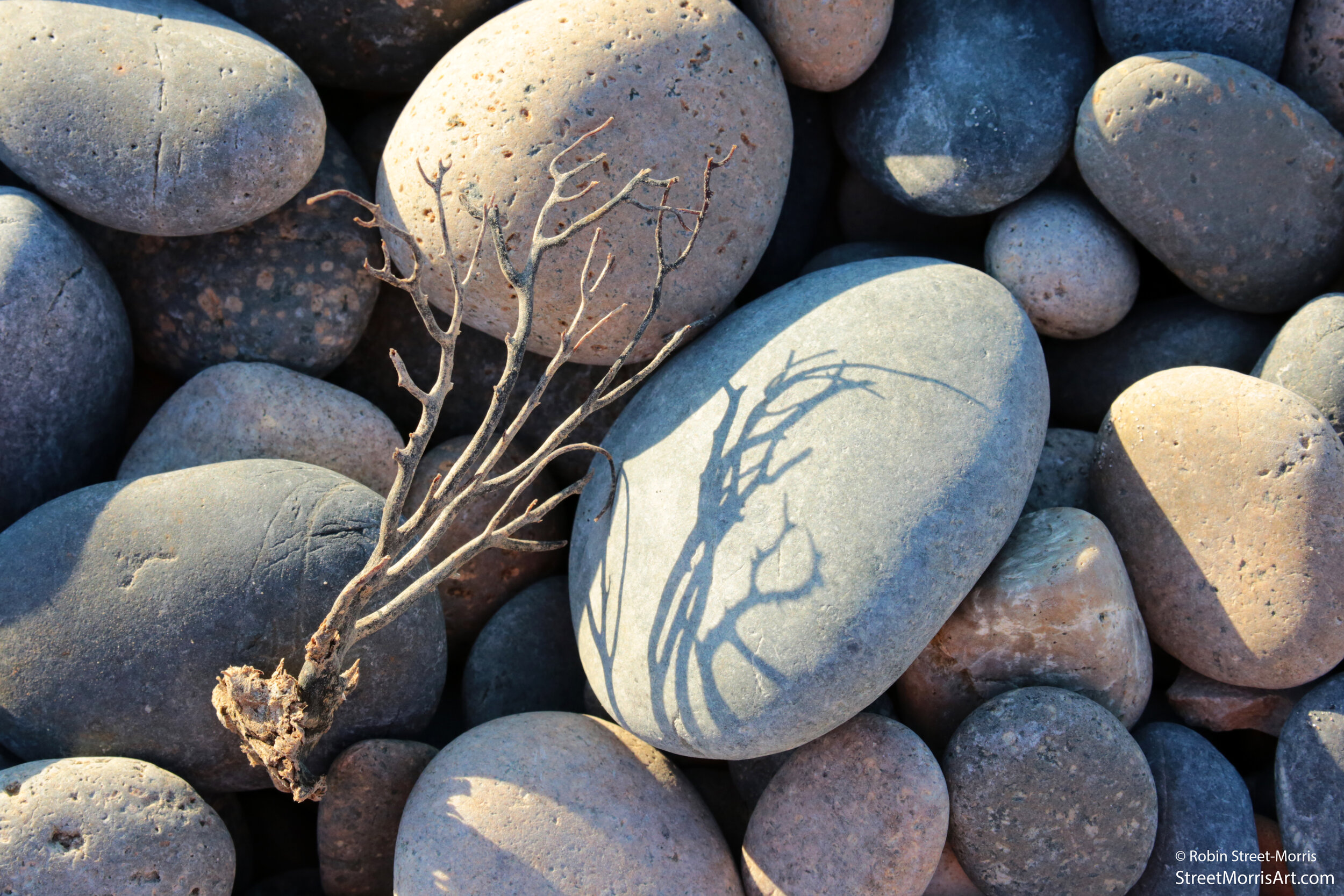We spotted three blues and one fin yesterday under June Gloom skies. This kind of lighting doesn’t make for epic photography, but you’ll never catch me complaining about moisture in the air. It keeps vegetation from drying out sooner than it must and me from cooking as well.
I spotted a handful of Haller's round rays (Urobatis halleri) in Quivera Basin.
Jellyfish? Nope. It’s our plastic trash floating in the ocean that sea turtles and other marine life mistake for food.
Eat up, California ground squirrel! If only they’d consume all of that brutally invasive ice plant.
Something about this great blue heron (Ardea herodias) walking across a sea of greenery amused me. They’re common in Mission Bay which doesn’t make them any less fun to watch.
Our first rorqual sighting of the day was this fin whale. They’re the second largest whale after the blue and extremely fast. You can learn about them here.
Blue whale! If you squint you can barely make out the San Diego coastline in the distance. They’re the largest known animal to have ever inhabited Earth.
Check out the tiny dorsal fin on this blue.
The second blue whale we spotted has a larger, curved dorsal fin.
We were lucky to catch a glimpse of the one blue’s fluke (tail). Typically when we get a good look at their flukes straight up it means they’ve gone down on a deep dive. That they weren’t throwing them high suggests the krill they were feeding on were somewhat near the surface.
I’d have loved to get closer to this northern fulmar (Fulmarus glacialis), but sometimes we have to accept these proof of life nature moments for what they are which is good enough for iNaturalist data.
This western gull (Larus occidentalis) was hoping we were a fishing vessel. I still like them even though they’ve stolen lunch straight out of my hands.






























